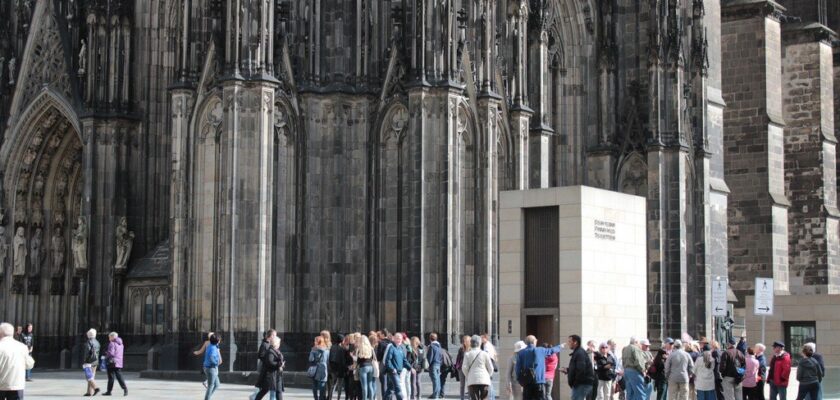Cologne Cathedral
Cologne Cathedral is the symbol of Cologne and the whole city is subordinate to it, like a stone guardian, this third largest Gothic cathedral in the world is the heart of the city.
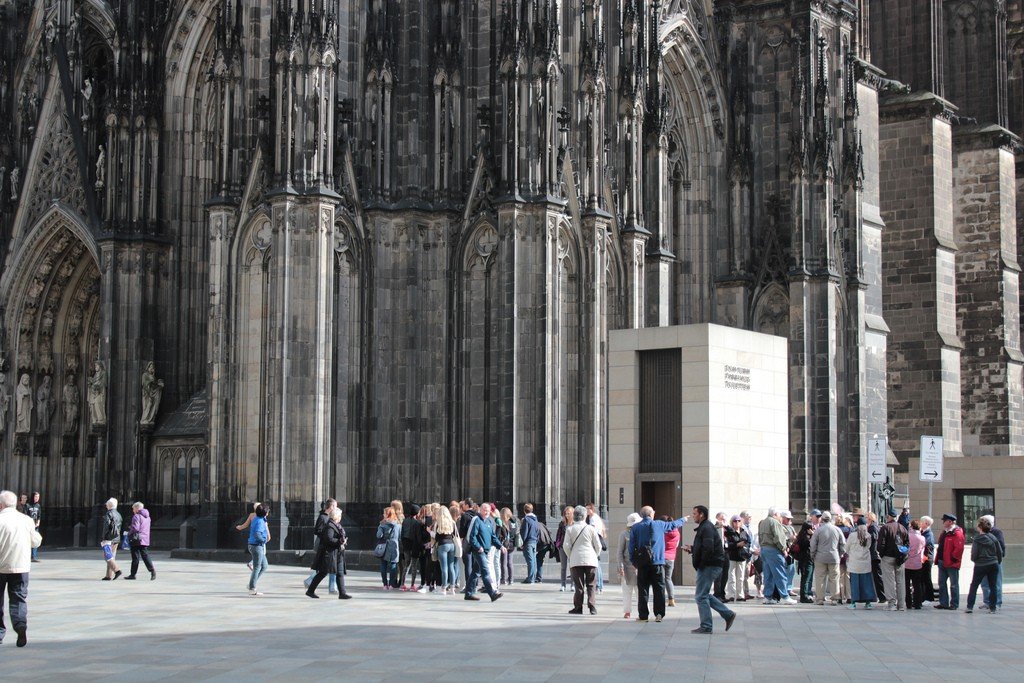
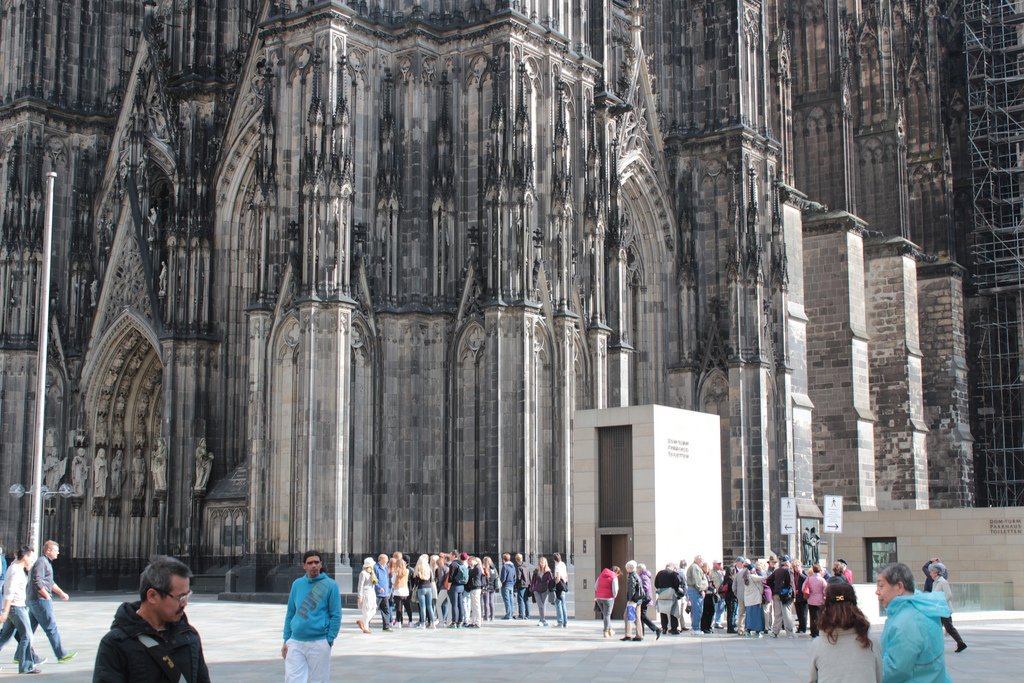
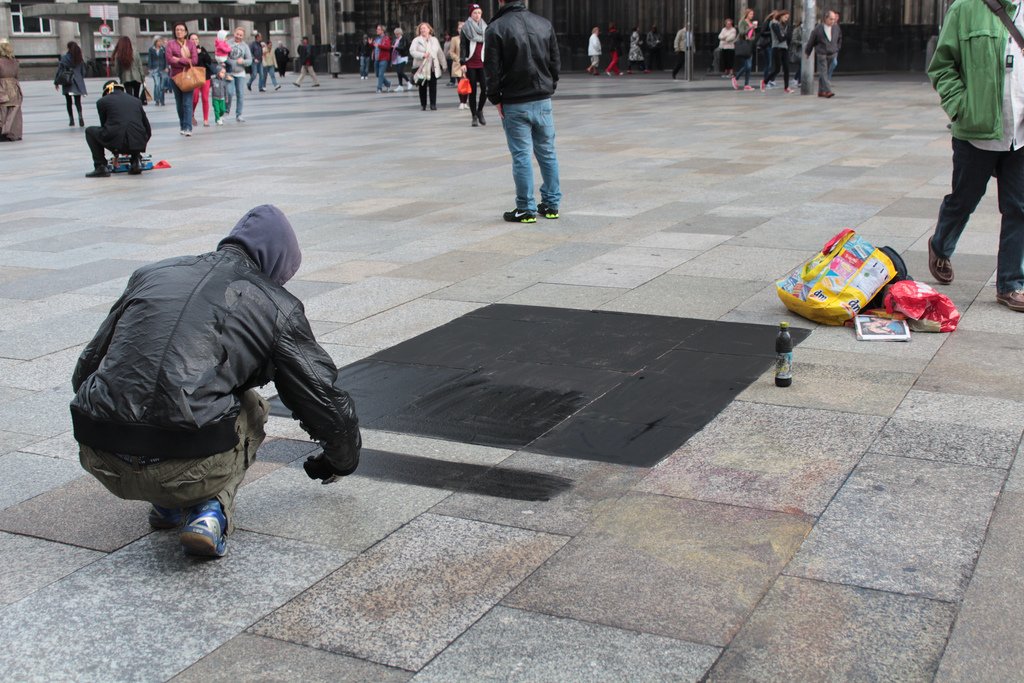
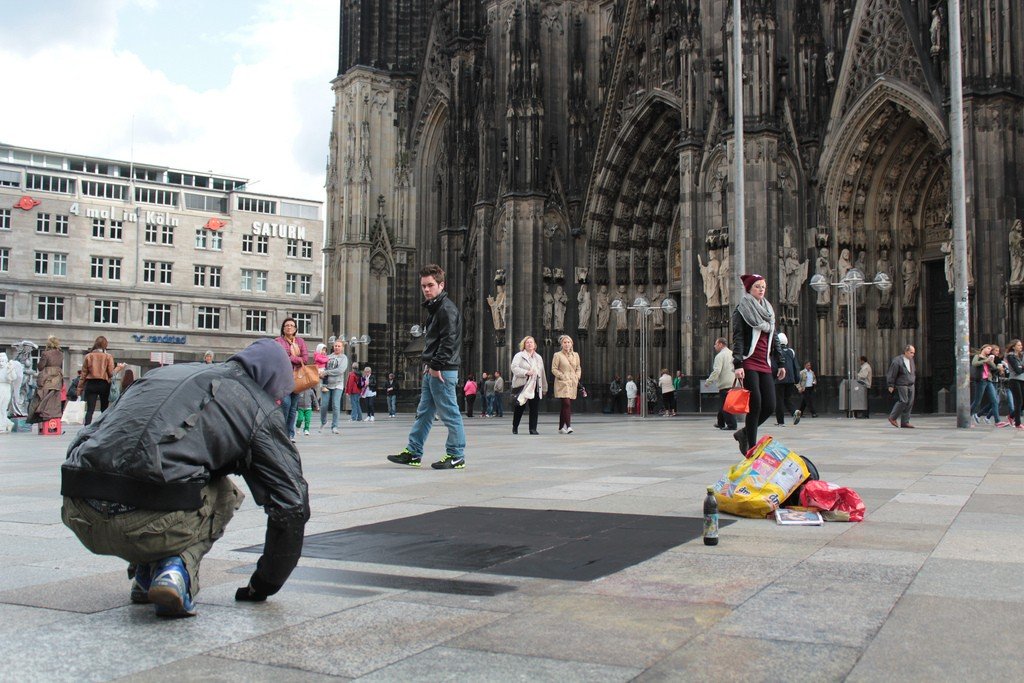
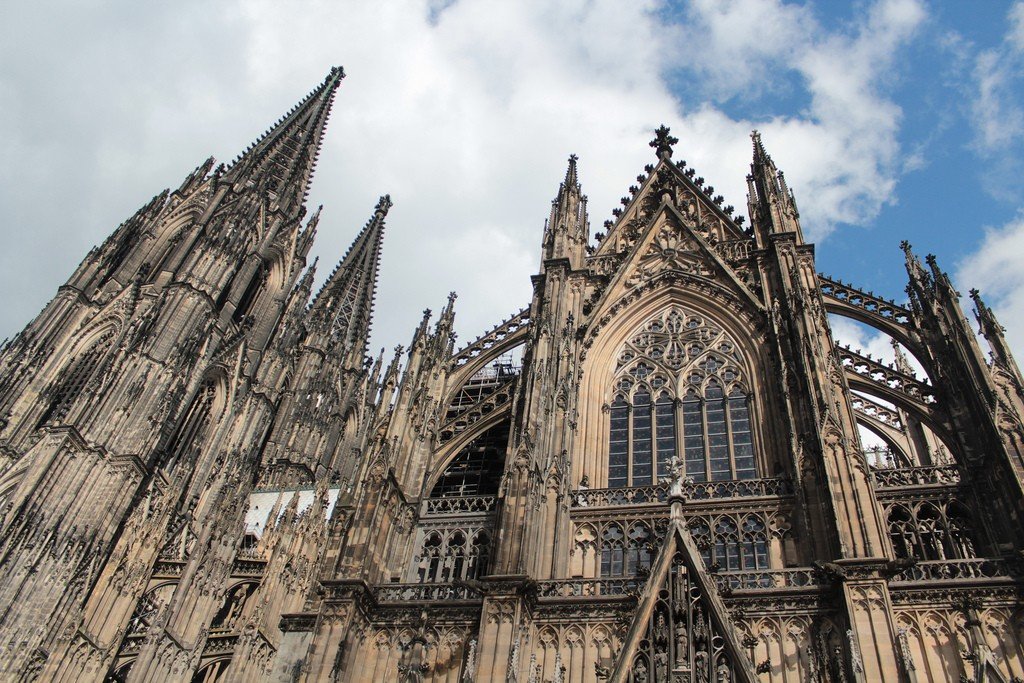
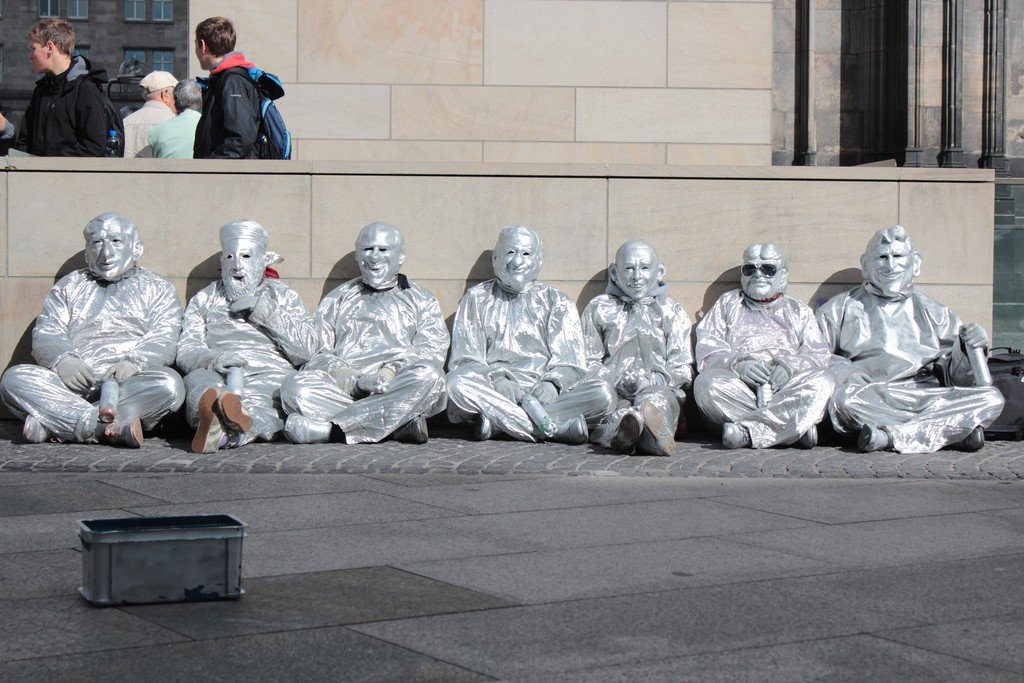
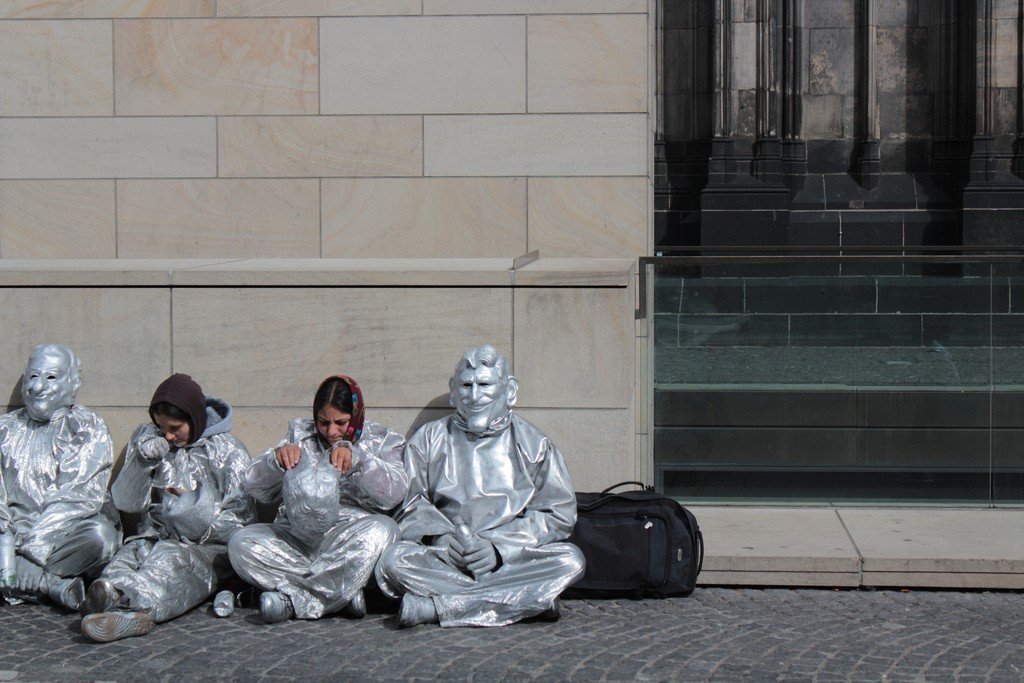
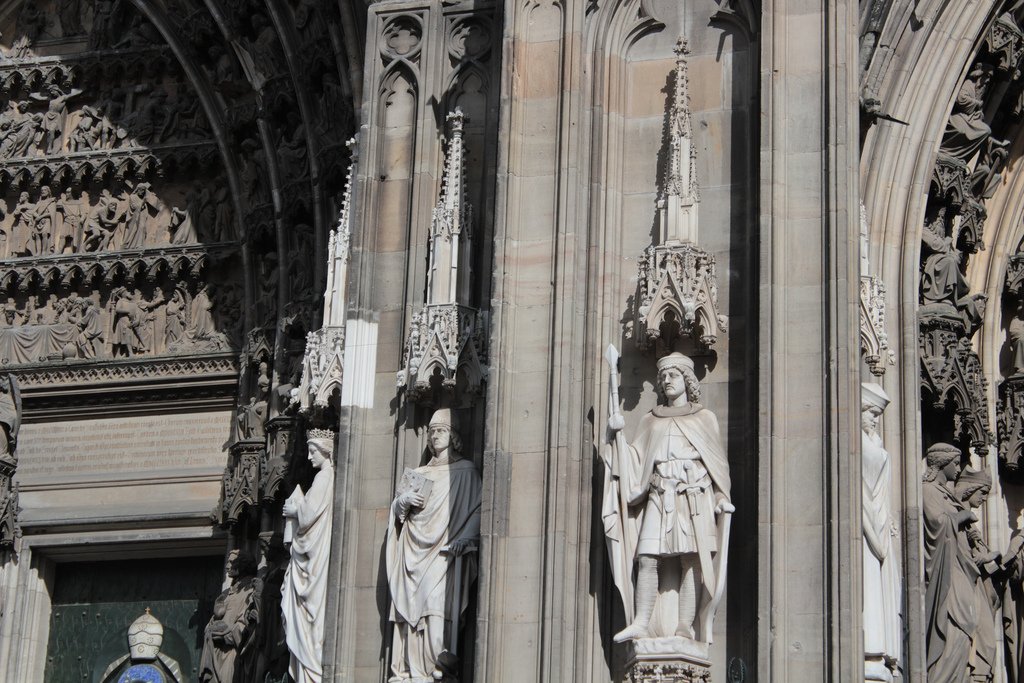
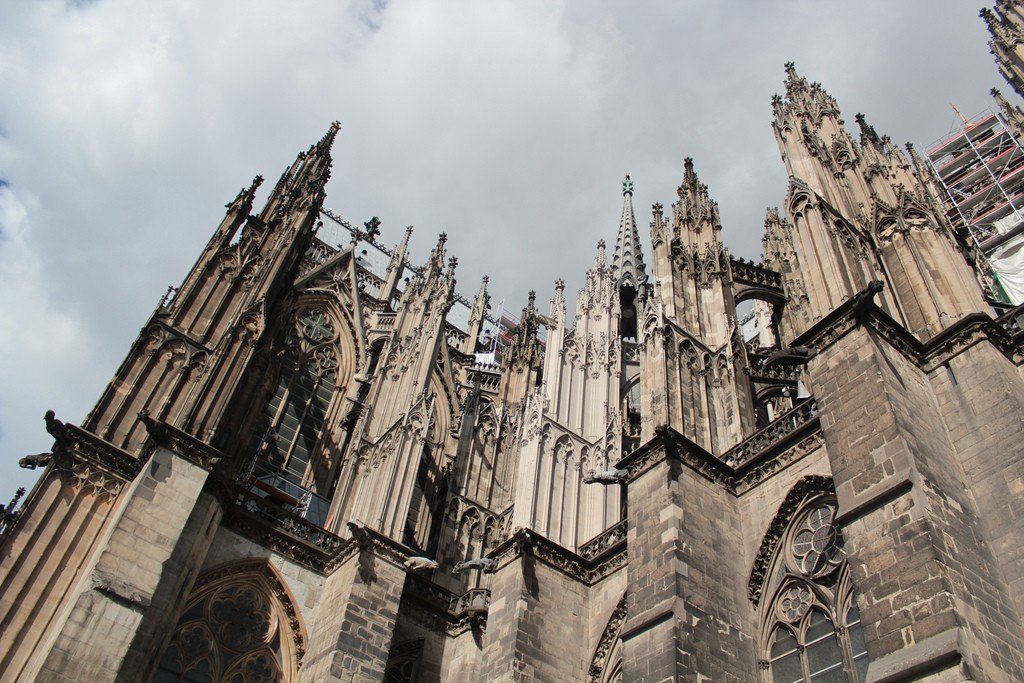
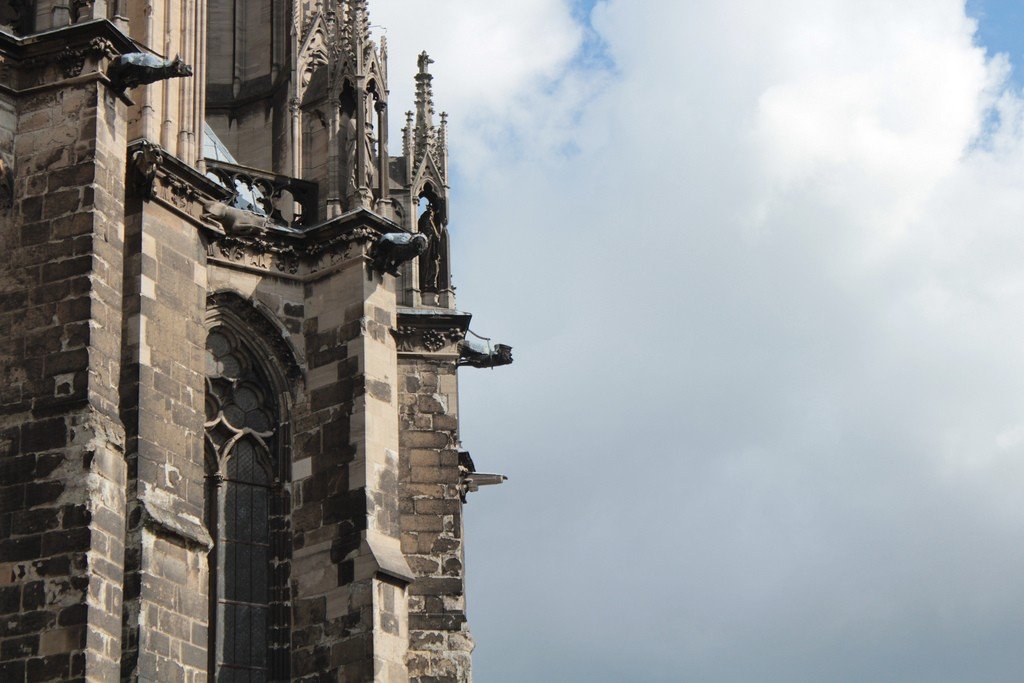
General information
It is officially called the Cathedral of St. Peter and St. Mary, but is better known simply as Cologne Cathedral. It is the most expressive example of the High Gothic style in the world. At 157 meters high, Cologne Cathedral is the second tallest in Germany and the third tallest in the world. From 1880 to 1890 it was the tallest building in the world. Its entire bulk, including the two majestic towers, covers an area of 7,000 square meters, which is a world record for a religious building.
.
The cathedral is 144 meters high and 86 meters wide, and the towers on the west side of the building rise 157 meters, so that the cathedral is the largest church in Germany.
.The square on which Cologne Cathedral is erected has been a pilgrimage site for Christians since Roman times. It was here that the first Christians put up one of their first churches and called it the “oldest cathedral” back in the 4th century AD. At the beginning of the 9th century, construction began on the first cathedral of the Carolingian dynasty. This temple was completed in 873 and stood until the 13th century.
.
In 1164, the newly ordained Bishop Reynald von Dassel brought the miraculous relics of the three Magi to Cologne. Seized in the cathedral of Milan by Emperor Frederick Barbarossa, they needed a worthy place. To this end, Reinald von Dassel began the construction of the most luxurious monastery of gifts in Europe.
.
It was the casket with the holy relics that attracted crowds of pilgrims from all over Europe to Cologne. The old temple was unable to withstand such an influx of believers. In 1225 it was finally decided to build a new cathedral, and in 1248 its first stone was laid. However, in 1288 the construction slowed down a lot. The choir was finished in 1322, and only 2 floors were built in the south tower by 1410. In 1530 money problems and indifference of the authorities stalled the construction. And for the next 300 years the cathedral remained unfinished. But the worst was yet to come. In 1794, French revolutionaries stormed the cathedral, and the bishop fled with the treasury. The soldiers who took Cologne had little respect for the symbols of faith. They turned the cathedral into a stable and a warehouse. It was not until 1801 that it was re-consecrated.
.A blue enameled plaque pinned at the main entrance to the church reminds us of these barbaric years. It reads, “4 Domkloster,” the postal address of this building. No other church in the world can boast of anything like it. Until France occupied Cologne there was no need of house plates at all, but it was too troublesome for the conquerors to make out the unfamiliar streets. An order was issued to name every street and number every house. The cathedral did not escape this fate.
.
Sometime between 1814 and 1816, long-lost plans of the cathedral were found in two different places, Darmstadt and Paris. This was a time when Gothic architecture was going through a second period of popularity, and the cathedral was decided to be completed according to the initial Gothic scheme. King Frederick William IV of Prussia acted as patron of the construction. Archbishop Johann von Heissel arrived from the Vatican, and on September 4, 1842, in the presence of the King of Prussia, the construction of the new cathedral was inaugurated.Prussia, the construction of the new front entrance was inaugurated. From an excess of emotion the king pronounced: “Here the stone has been laid, here the gateway between the two divine towers will stand.”
The Kingdom of Prussia covered one-third of the construction costs. The rest of the money was raised by a public organization that collected voluntary donations. Enthusiasm was embraced not only by the people of Cologne, but also by Germany as a whole, which dreamed of seeing in all its glory its precious cathedral.
Finally, on October 15, 1880, the cathedral, which had been under construction for 600 years, was completed. Having found the original plans for the building, the 19th century architects decided to carry out the design drawn up in 1280 by their medieval fellow architect, who remains nameless. As a result, the cathedral retained its classical appearance of a Gothic temple, despite the use of modern technology – for example, the ceiling beams were no longer made of wood, but of iron. These beams played their part during World War II, when the cathedral was severely bombed. Despite 14 direct hits that destroyed the entire interior, the cathedral’s vaults stood indestructible.
.
Cologne Cathedral, home to the cathedra of the Archbishop of Cologne, is one of the most beautiful Christian churches in the world. However, it should not be seen solely as an example of Gothic architecture. The interior, also in Gothic style, is no less admirable. The choir, which seats 104 singers, is the largest in Germany. In addition, there are two chairs, which no one occupies during the service. One is reserved for the Pope, the other for the Emperor.
The golden sarcophagus, the Three Kings’ Cancer, holds the relics of the three Magi who brought gifts to the newborn Jesus Christ in Bethlehem. It is the most popular pilgrimage site for Christians. Every year hundreds of thousands of believers visit the Cologne Cathedral to pray to the holy relics.
.Twelve bells give voice to the belfry of Cologne Cathedral. The largest of them is “Peter”, cast in 1924. Colognesians are proud that it is the largest free-hanging bell in the world – it weighs 24 tons.
.
The size of the cathedral is truly astonishing, but it is also of great importance as the oldest pilgrimage site and a monument to the immortal faith of its creators.
.Cologne Cathedral was inscribed on the UNESCO World Heritage List in 1996. Recently, the main threat to this unique building has been the high level of pollution in the city limits. Acid rain erodes the masonry and leaves ugly marks on the light and light sandstone. Since the building was completed in 1880, the cathedral has been constantly renovated and repaired, with no end in sight. The townspeople have already developed a saying about this perpetual construction site: “When we finish building the cathedral, it will be the end of the world!”
.
Facts about Cologne Cathedral
- Dimensions: The cathedral is 144.5 meters long and 86 meters wide. The east wing is 61.5 m across, the west wing (facade) is 40 m. .
- Nave: 45 m wide, height in the center 43.35 m and 19.8m of the side vestibules.
- Towers: the south tower is 157.3 m high, the north tower is a few centimeters lower. The staircase has 509 steps. .
- Vault: Height from 61 to 1,09 m, at the eastern facade 70 m. .
- Windows: Total window area of about 10,000 square meters .
- Volume: The total volume of the building, without vestibules, is 407,000 cubic meters. The total weight reaches 300,000 tons. .
- Bells: The bell tower has 1 2 bells, one of them, “Peter”, the largest free-hanging bell in the world.
Chronology
- 1164: Miraculous relics are brought to Cologne.
- 1180-1230: The cancer of the Three Kings is made. .
- August 15, 1248: The cornerstone of the cathedral is laid. .
- Ok. 1311: The largest choirs in Germany are built for 1,04 singers, with two free seats for the Pope and the Emperor. .
- 1322: Consecration of the choirs. .
- Ok. 1355: Erection of the towers began. .
- 1814: Found the first set of drawings of the western part of the cathedral. % 1816: The second set of drawings was found.
- October 15, 1880: The cathedral is completed. The construction eventually lasted 632 years. .
- 1939-1945: The cathedral suffered damage during World War II.
- 1996: The cathedral is inscribed on the UNESCO World Heritage List. .
